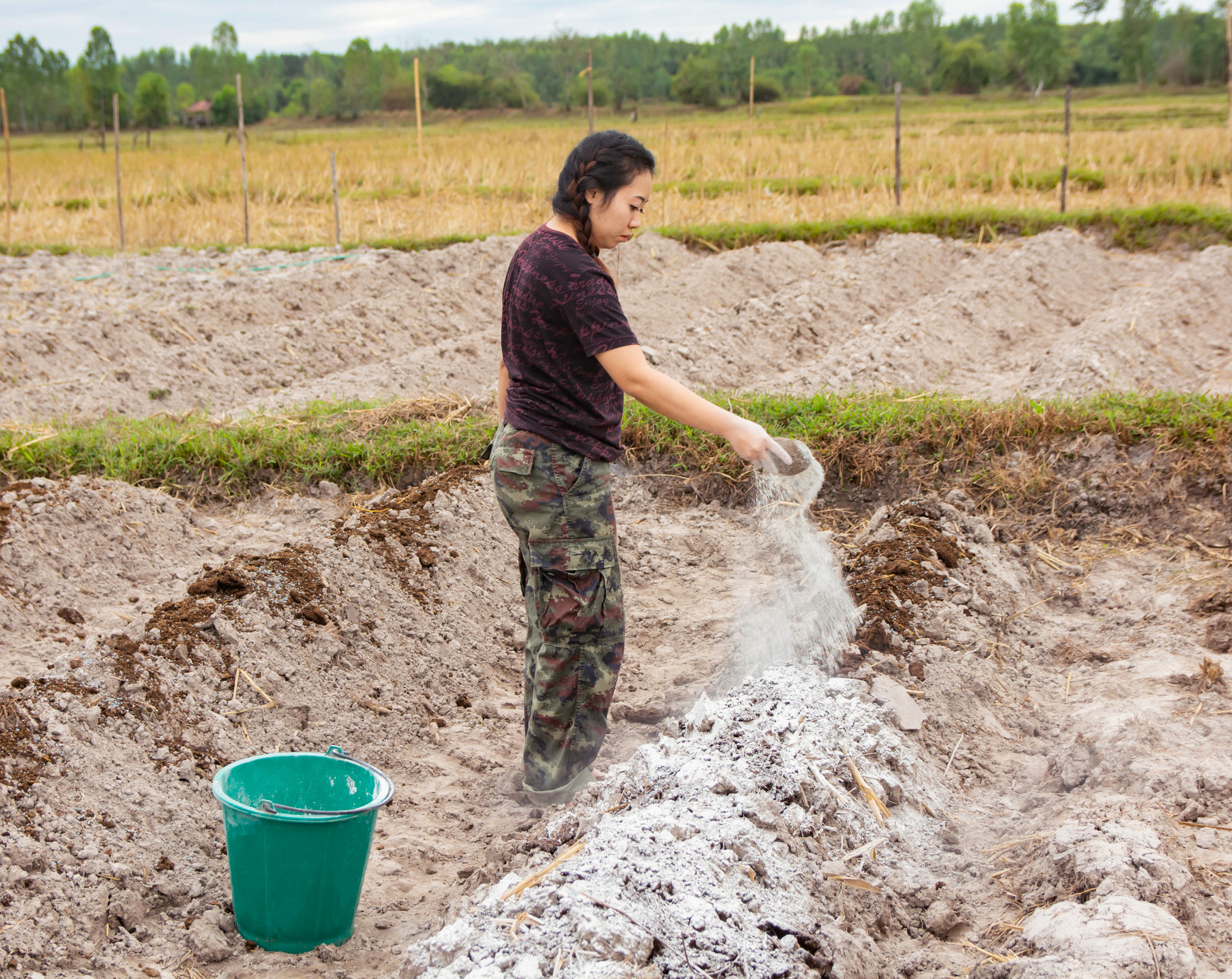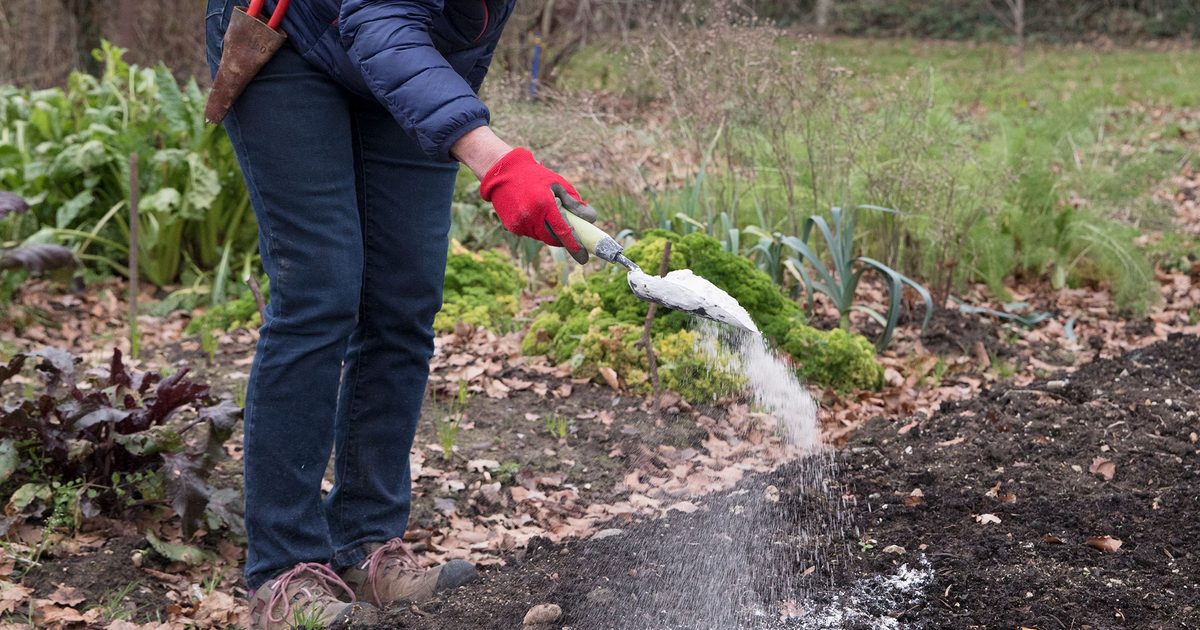Alright, so let’s talk about this clay soil situation. My yard, when I first got this place, was a nightmare. Seriously, you could make bricks out of the stuff. Digging into it was like trying to chip away at concrete. I remember trying to plant a few things that first spring, and they just looked sad, then they gave up. Total waste of money and effort, you know?
My First Encounter with Lime
I was complaining about it to an old neighbor, real character, always tinkering in his own perfect-looking garden. He’s the one who first mentioned lime. Said something like, “Son, you got that heavy clay, you need some lime.” I’d heard of it, vaguely, but never really thought about it for soil. Sounded like something you’d use for construction or something.

So, I did a bit of asking around, read a few things here and there. Seemed like it could help break up the clay, make it less sticky, and improve drainage. My soil definitely needed all of that. I figured, what have I got to lose? It couldn’t get much worse.
Getting Down to Business: The Process
I went down to the local garden center. Stood there staring at bags of lime. There were a couple of different kinds, pelletized, powdered… I just grabbed what looked like the most common one, the powdered stuff. Seemed like a good place to start. The bag was heavier than I thought.
Here’s what I did, step-by-step:
- Clearing the area: First, I pulled out all the weeds and any struggling plants I’d given up on. Made a clean slate, or as clean as you can get with lumpy clay.
- Breaking it up (a bit): I tried to rough up the surface of the clay with a heavy rake and a spade. Didn’t go too deep, just wanted to give the lime something to mix into. My arms were aching after just this part. That clay fought back.
- Spreading the lime: I got a cheap spreader, the handheld cranky kind. Poured the lime in. Word of warning: that stuff is dusty! Wear a mask, seriously. I didn’t at first and was coughing for a bit. I walked back and forth, trying to get an even layer over the whole area I wanted to treat.
- Working it in: This was the real workout. I used a rototiller I borrowed. If you don’t have one, a sturdy spade and a lot of elbow grease will be your friends. The goal was to mix the lime down into the top few inches of the clay. It wasn’t pretty. The tiller was bouncing all over the place at first.
- Watering: After I got it mixed in as best I could, I gave the whole area a good watering. Read somewhere that helps activate the lime.
- Waiting: And then, I waited. This isn’t an overnight fix. That’s the main thing I learned. Patience is key.
The Waiting Game and What Happened Next
I didn’t see much change for a few weeks, maybe a month. I’d go out and poke the soil. Still felt pretty clumpy. I was starting to think, “Great, wasted more time and money.”
But then, slowly, things started to shift. This was probably a couple of months later, after some good rain and a bit more dry weather. I noticed when I stuck a trowel in, it went in a little easier. The soil wasn’t forming those huge, solid clods anymore. It was starting to look more like… well, actual soil. More crumbly. When it rained, the water didn’t just sit on top in puddles for ages; it seemed to soak in a bit better.
Was it a miracle cure? No, not entirely. My soil is still on the clay side, always will be, probably. But the lime definitely made a big difference. It made it workable. Before, planting anything felt like a battle. Now, it’s just gardening.
I remember why I was so desperate to fix that patch of soil. My wife, she loves roses, always wanted a rose bed. And for our first anniversary in the new house, I promised her I’d make one. But those roses I tried to plant initially? They looked like they were actively trying to escape the ground. It was embarrassing. I’d spent so much time dreaming about this garden, and it felt like the earth itself was rejecting my efforts. That failure really got to me. It wasn’t just about the plants; it felt like I couldn’t even get the basics right for our new home. So, when that neighbor mentioned lime, it was like a last-ditch effort before I just paved the whole darn thing over and called it a patio.

The following spring, after the lime treatment had really had time to work through the winter, I tried planting roses again in that same spot. And they took! They actually grew. That was a good feeling, let me tell you. Made all that dusty, back-breaking work worth it. So yeah, lime for clay soil? It worked for me. It’s not instant magic, but if you’ve got that heavy, sticky stuff, it’s definitely something to look into.


















